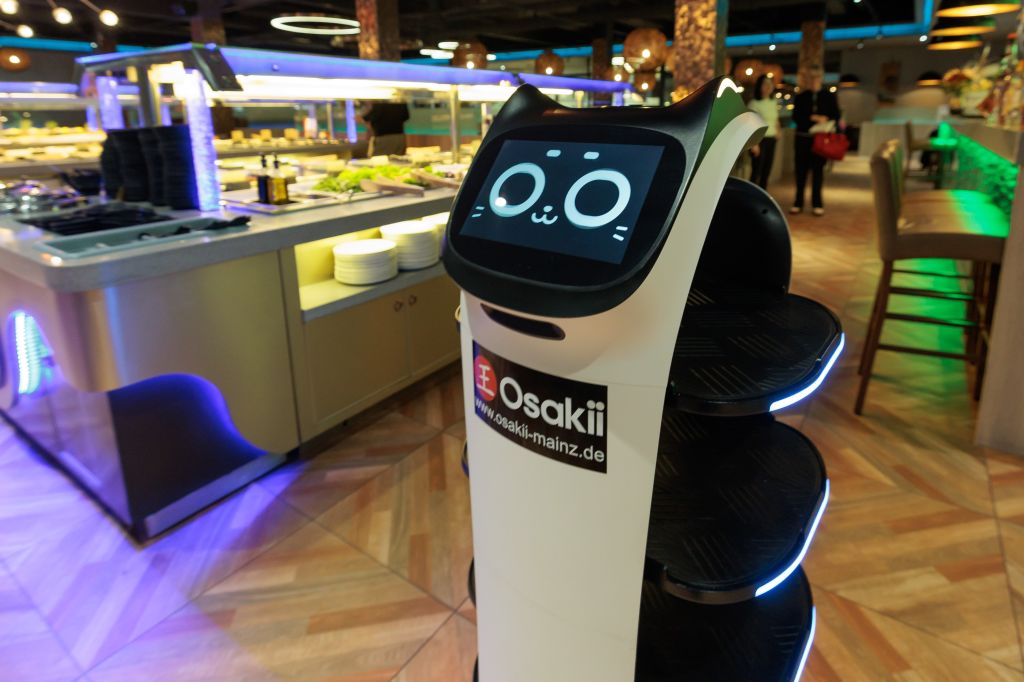Japan’s Service Robot Market Set to Triple in Just Five Years: A Future Revolution in Automation
As Japan faces an aging population and growing labor shortages, businesses are increasingly turning to service robots to enhance their workforce efficiency. This shift is not just a trend; it’s a necessary adaptation to meet the demands of a changing demographic landscape.
Growing Demand for Service Robots in Japan
According to a report by Bloomberg, the reliance on robots in various sectors is projected to rise significantly. The research firm Fuji Keizai anticipates that Japan’s service robot market will expand nearly threefold by 2030, reaching an impressive ¥400 billion (approximately $2.7 billion).
Labor Shortages and Aging Population
The driving factors behind this growth are concerning statistics regarding Japan’s labor force:
- The Recruit Works Institute estimates a labor shortage of 11 million workers by 2040.
- Nearly 40% of the population is projected to be 65 years or older by 2065, according to a government-backed institute.
Innovative Applications of Service Robots
One notable example of robots stepping in to fill labor gaps is at Skylark, Japan’s largest table service restaurant chain. The restaurant utilizes around 3,000 cat-eared robots to assist in delivering food to customers. This innovative approach not only boosts efficiency but also enhances the dining experience.
Real-Life Impact on Workers
At one of Skylark’s Tokyo locations, employee Yasuko Tagawa, aged 71, shared her experience of working alongside robots. She noted that approximately half of her tasks now involve robotic assistance. Tagawa expressed her appreciation for the technology, stating, “Thanks for your hard work. I’ll be counting on you,” highlighting the collaborative spirit between humans and robots.
The integration of service robots in workplaces like Skylark exemplifies a broader trend in Japan, where technology is increasingly employed to address labor shortages. As businesses adapt to these changes, the role of robots will likely continue to expand, reshaping the future of work.
Conclusion
In conclusion, the shift towards service robots in Japan is a strategic response to an aging workforce and impending labor shortages. As the market for service robots grows, we can expect to see more innovative applications across various sectors. For more insights into how technology is transforming industries, visit our Technology Trends page.
For further reading on the implications of an aging population, check out this article from The Japan Times.







